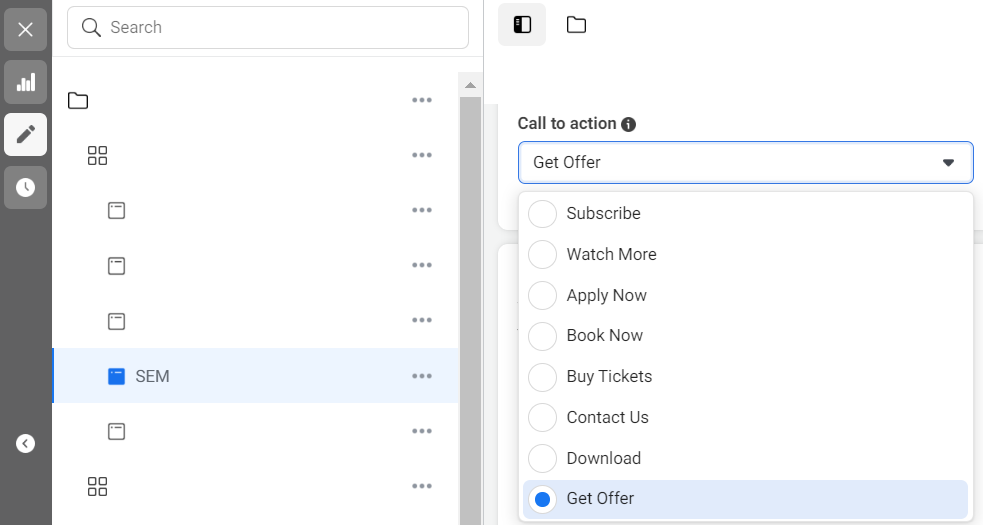
Backlink Quality Over Quantity: Why It Matters for SEO
Backlinks are a cornerstone of search engine optimization (SEO), playing a crucial role in how search engines rank websites. As the digital landscape evolves, the debate about whether to prioritize backlink quality over quantity becomes increasingly significant. While it may be tempting to focus on accumulating as many backlinks as possible, the real key to improving your SEO lies in understanding and implementing the principle of backlink quality over quantity.
Understanding Backlinks
Backlinks, also known as inbound or incoming links, are hyperlinks from one website to another. These links act as endorsements, signaling to search engines that your website offers valuable content. Essentially, when other reputable sites link to yours, they are vouching for the quality of your content.
Quality vs Quantity: The Core Difference
1. Authority of the Linking Domain
High-Authority Sites: Backlinks from high-authority domains, such as well-established news websites, educational institutions, or major industry players, carry significant weight. Search engines view these links as endorsements from trusted sources, thereby boosting your site’s credibility and ranking. For instance, a link from a prestigious website like The New York Times is far more beneficial than multiple links from obscure or low-authority sites.
Domain Authority Metrics: Tools like Moz’s Domain Authority (DA) or Ahrefs’ Domain Rating (DR) help assess the authority of linking domains. Prioritizing links from high DA or DR sites enhances the overall authority of your website.
2. Relevance of the Linking Content
Topical Relevance: Search engines place high importance on the relevance of the content linking to your site. A backlink from a relevant industry blog or news site indicates that your content is pertinent and useful within your niche. For example, if your website focuses on digital marketing, a backlink from a leading marketing blog is more valuable than one from an unrelated health blog.
Contextual Links: Contextual backlinks—those placed within the body of a relevant article—are particularly valuable. They provide a natural endorsement and drive targeted traffic to your site.
3. Natural Link Placement
Organic Link Acquisition: Natural backlinks are earned when your content provides real value, prompting others to link to it voluntarily. This organic link-building approach is favored by search engines as it reflects genuine interest and authority.
Avoiding Manipulative Tactics: Engaging in practices like buying links or participating in link schemes can lead to penalties from search engines. These tactics might offer short-term gains but often result in long-term harm to your site’s ranking.
4. User Engagement and Traffic
Driving Traffic: Backlinks that generate meaningful user engagement—such as clicks, comments, and shares—are considered high-quality. When users click on a backlink and interact with your content, it signals to search engines that your site offers valuable information.
Behavioral Metrics: Metrics like time spent on page and bounce rate provide insights into how engaging and relevant your content is. High engagement rates enhance the perceived quality of your backlinks.
The Pitfalls of Prioritizing Quantity Over Quality
Focusing solely on accumulating a large number of backlinks can lead to several issues:
Link Farms and Low-Quality Sources: Some websites use link farms or low-quality directories to quickly build backlinks. While these methods may initially increase your link count, they often result in penalties from search engines, which are designed to detect and devalue such practices.
Irrelevant Backlinks: Links from unrelated or irrelevant sites can negatively impact your SEO efforts. Search engines are increasingly sophisticated in recognizing and devaluing irrelevant backlinks.
Risk of Penalties: Search engines, particularly Google, have strict guidelines against manipulative link-building practices. Prioritizing quantity over quality can lead to penalties that significantly impact your search engine rankings and overall visibility.
Strategies for Building High-Quality Backlinks
Create High-Value Content:
- Focus on producing high-quality, informative, and engaging content that naturally attracts backlinks. Infographics, comprehensive guides, and original research are examples of content that can draw interest and links from other websites.
Guest Blogging and Contributions:
- Contributing guest posts to reputable sites within your industry not only builds high-quality backlinks but also establishes you as an authority in your field. Ensure that your guest posts are relevant and valuable to the target audience.
Develop Relationships with Industry Influencers:
- Building relationships with influencers, bloggers, and industry leaders can lead to valuable backlinks. Networking and collaborating on content can result in high-quality, natural backlinks from trusted sources.
Leverage Social Media Platforms:
- Sharing your content on social media can increase its visibility and attract backlinks. Engage with your audience and industry peers to encourage shares and links.
Monitor and Analyze Backlinks:
- Regularly monitor your backlink profile using tools like Google Search Console, Ahrefs, or SEMrush. Analyzing your backlinks helps identify high-quality links and detect any potentially harmful ones.
Conclusion
In the realm of SEO, the principle of "backlink quality over quantity" is crucial for achieving and maintaining high search engine rankings. By focusing on acquiring high-quality, relevant backlinks from authoritative sources, you enhance your website’s credibility and visibility. Remember, it’s more effective to have a few high-quality backlinks than a multitude of low-value ones. Adopting a quality-driven backlink strategy will lead to sustainable SEO success and a stronger online presence.



